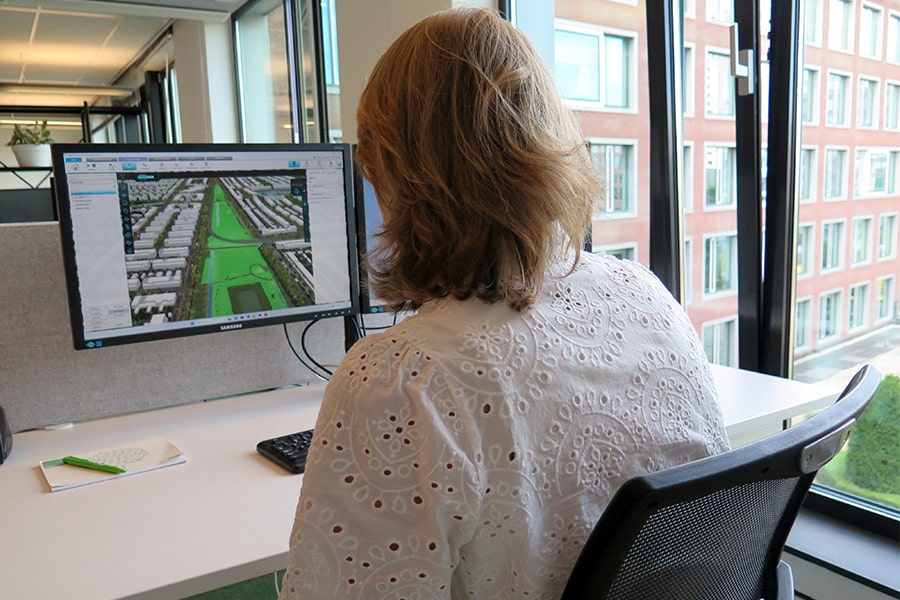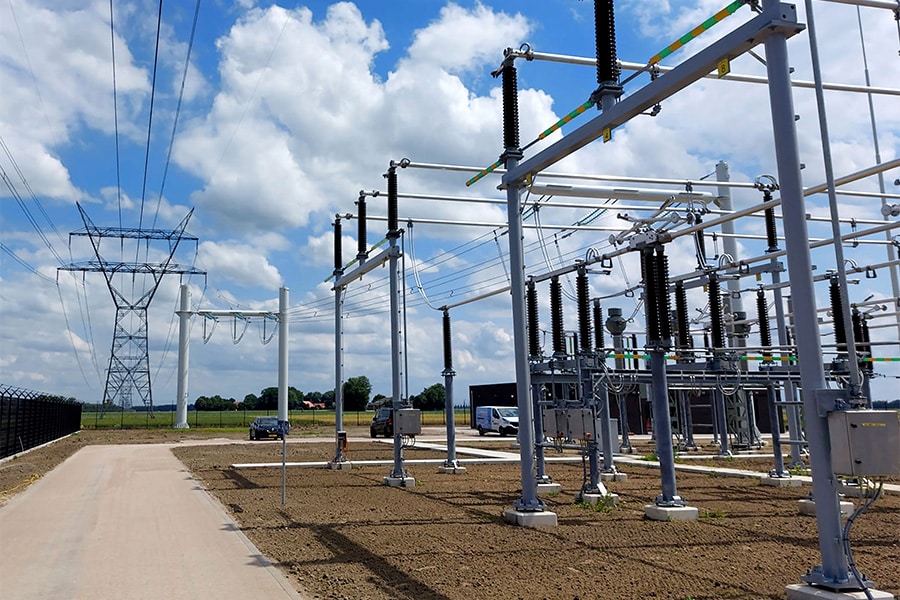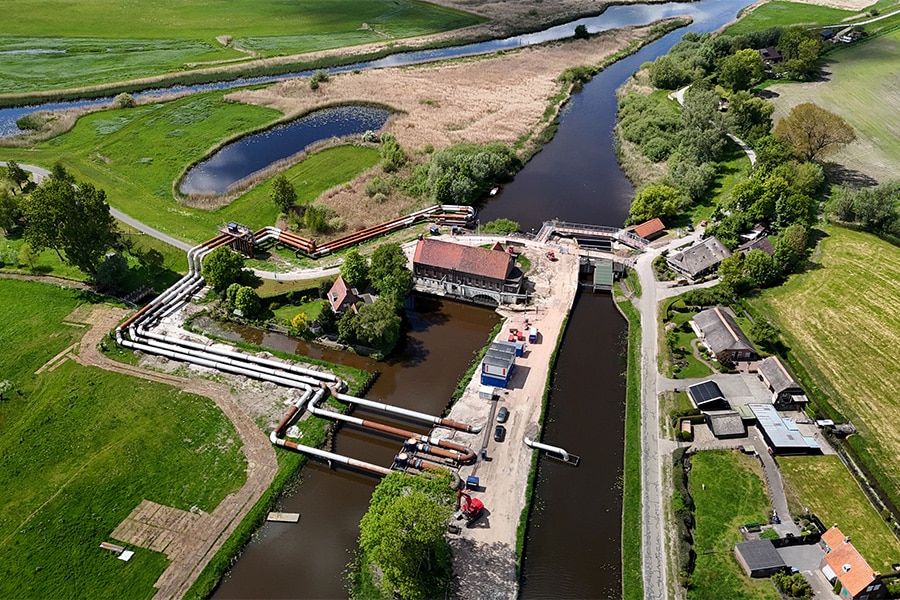
idverde NL: Not austerity, but building biodiversity
More and more organizations in the Netherlands see how important biodiversity is. The green spaces they manage can contribute directly to this. Yet plans to provide more space for greenery often get stuck, mainly due to budgets. A shame, because in this way gains for nature and climate are lost. So how can it be done? Thijs Remmers and Arjan Schoenmakers of idverde NL explain.
“Let's keep working together on truly green solutions,” says Arjan Schoenmakers, Ecology team leader at idverde NL. With projects throughout the Netherlands, idverde NL helps governments and developers to use greenery smartly. “Green contributes directly to combating climate change and a healthy living environment. Think of a green business park that becomes more pleasant for employees or a residential area where greening reduces heat stress and flooding. From our Advisory offices we provide knowledge and substantiation. With our Realization branches, we actually implement these plans. And from Bomendienst we add specialist knowledge and expertise about trees. Especially now, it is important to persevere and not to economize on greenery.”

Nice examples
Despite tight budgets, there are plenty of great examples. For example, idverde NL is carrying out ecological verge management of the railroad track in Brabant on behalf of ProRail. “From Advice we carry out ecological monitoring of valuable species along the tracks in the south of the Netherlands,” explains Thijs Remmers, manager IPM projects. “And from Realization we take care of maintenance along the tracks in Brabant. In this project, we see that the original ecological ambitions have been converted to regular maintenance. Although the emphasis is now less on explicit ecological goals, our monitoring and knowledge remains an important basis for continuing to identify opportunities and linking nature and track management where possible.” Another project is the Regenboogbuurt in Almere Buiten. Here the municipality wanted to make the neighborhood future-proof. Green plays a key role in this: it prevents heat stress and reduces flooding. Residents are also encouraged to green their own gardens or terraces. Schoenmakers: “For the Rainbow Neighborhood we applied our Green Impact Modeling (GIM). With this we make the effects of greenery measurable. A lot of data and tools are available that allow us to provide insight into the impact of certain choices on biodiversity, livability and climate during the design phase. This avoids lengthy research and monitoring processes. This helps municipalities and organizations to make better choices, including the municipality of Almere Buiten.”
Start small, think big
From experience, Remmers and Schoenmakers know that there are many opportunities and possibilities. Pitfall in practice is that an ambition and goals are often deployed too grandly, for the entire project area. “It may sound crazy, but it's better to start small,” Remmers tips. “Many governments manage a large area. If you start pilots in this on a small scale, you can take targeted measures to increase biodiversity. Give nature time to recover - allow at least five to ten years for real results. That makes the chances of success much greater.”




